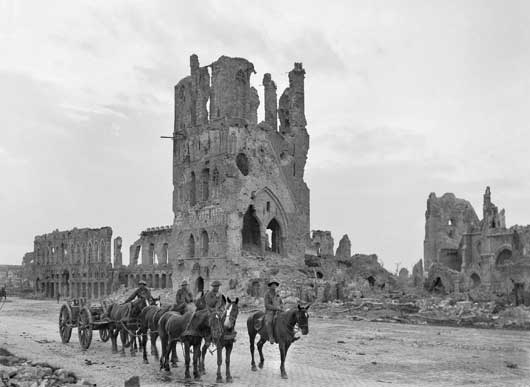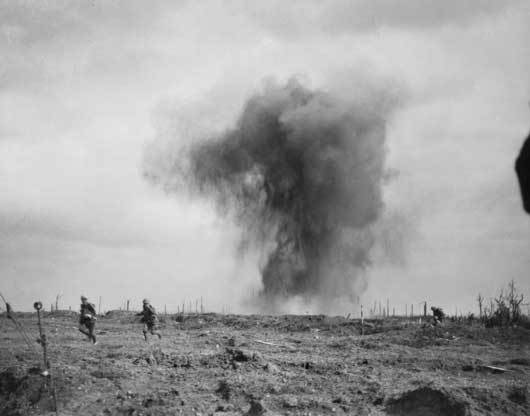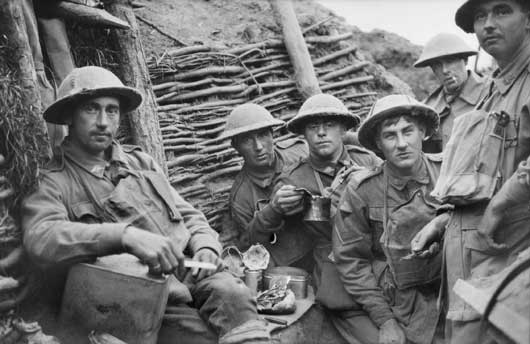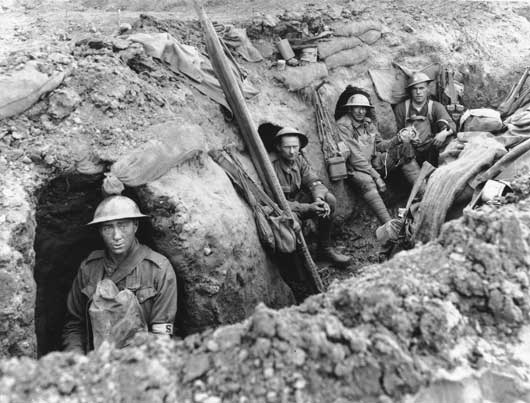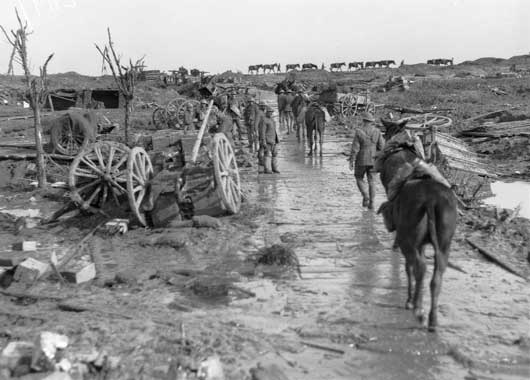Ypres The Third Battle, 1917
The Battle in Brief
In the course of the First World War, five major battles were fought around the Belgian town of Ypres. All five Australian divisions took part in the Third Battle of Ypres, which was in fact a series of battles culminating in the Battles of Passchendaele.
The Third Battle of Ypres opened on 31 July 1917, but bad weather in August partially flooded the battlefield and a further British attack on 16 August gained little ground. The next attack did not take place until the ground had dried out. A new strategy known as ‘step by step’ or ‘bite and hold’ was adopted, which called for an advance that would not extend beyond supporting artillery that could assist in defeating the expected enemy counterattacks. The Australians were brought into the battle as part of General Plumer’s 2nd Army, and were given the task, on 20 September, of advancing along the Menin Road towards Gheulevelt. With good planning and efficient artillery the Battle of the Menin Road was a great success. Further successful advances followed at the Battle of Polygon Wood on 26 September and at the Battle of Broodseinde, on 4 October although casualties were heavy.
The weather again broke and the constant rain turned the battlefield into a quagmire so that further attacks on 9 October at Poelcappelle and on 12 October at Passchendaele failed with heavy loss. The Canadian Corps was now given the task, and in five attacks between 26 October and 10 November, succeeded in capturing Passchendaele. Over 38,000 Australians were killed or wounded in the Ypres battles. The stone lions that marked the Menin Gate in the Ypres ramparts during the war now flank the entrance hall at the Australian War Memorial in Canberra.
Location
Media
